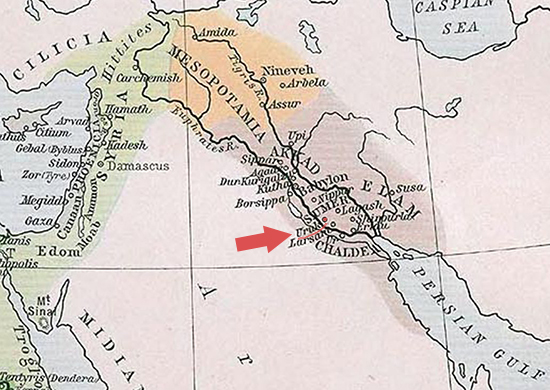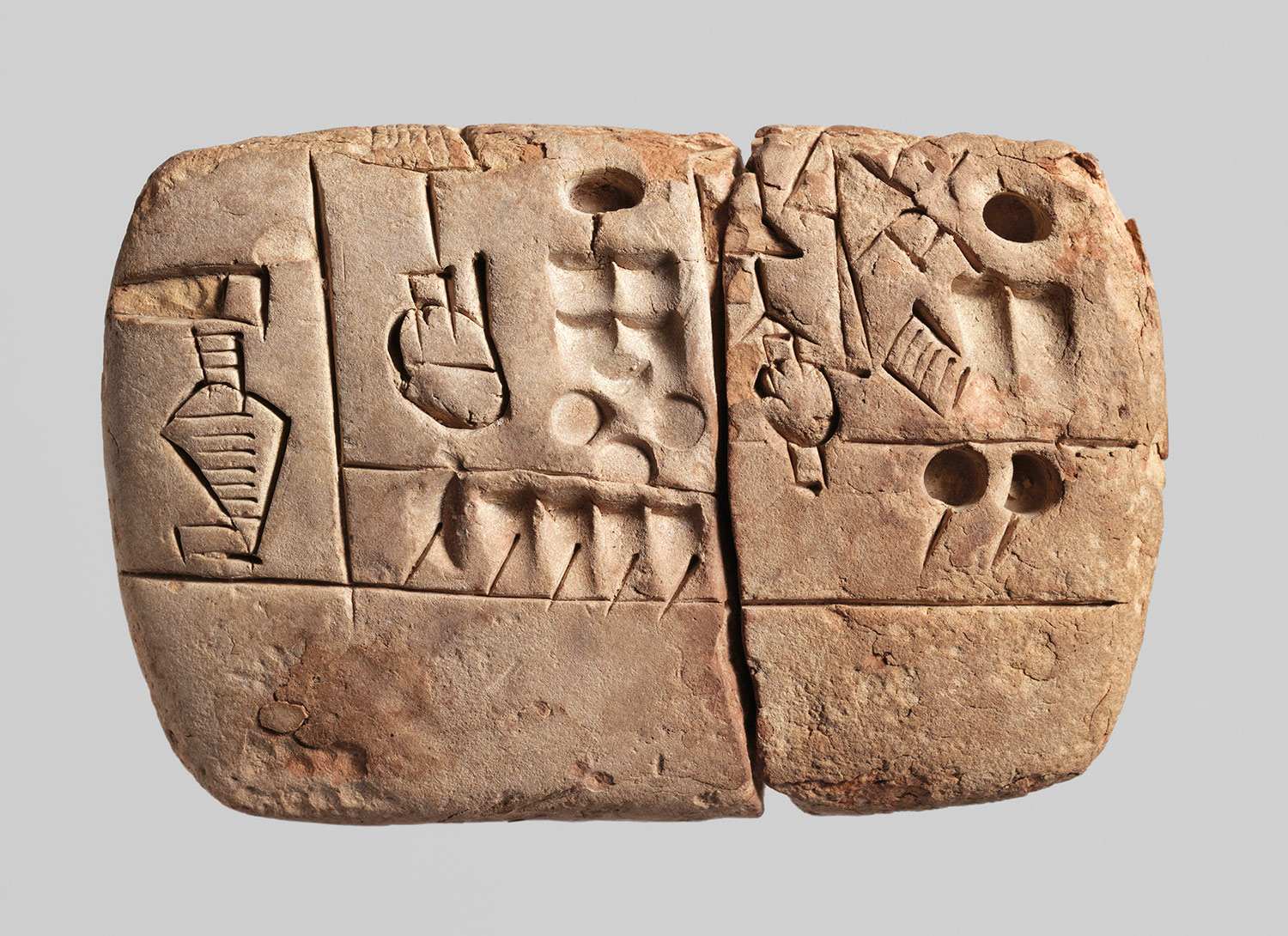 Uruk,on an ancient branch of the Euphrates River in Iraq now is the first major city in Sumer built in the 5th century BC, and is considered one of the largest Sumerian settlements and most important religious centers in Mesopotamia. It was continuously inhabited from about 5000 BC up to the 5th century AD.
Uruk,on an ancient branch of the Euphrates River in Iraq now is the first major city in Sumer built in the 5th century BC, and is considered one of the largest Sumerian settlements and most important religious centers in Mesopotamia. It was continuously inhabited from about 5000 BC up to the 5th century AD.Politic- Gilgamesh who was king at this time ruled the city of Uruk
intelligence- Uruk people used simple labels and lists with pictographic symbols to use clay tablets; it helped to development of writing.

Religious: There was no organized set of gods; each city-state had its own patrons, temples, and priest-kings. The Sumerians were probably the first to write down their beliefs, which were the inspiration for much of later Mesopotamian mythology, religion, and astrology.
Inanna, the deification of Venus, the morning (eastern) and evening (western) star, at the temple (shared with An) at Uruk.
Economy- people in numbers larger than had ever before been possible, could be marshaled and deployed to build their city's infrastructure—monumental buildings, defensive walls, and irrigation systems; to produce the economic surpluses necessary to support their rulers and others, including artists and artisans, who were not directly engaged in subsistence activities; and, when necessary, to fight in their city's army.


No comments:
Post a Comment